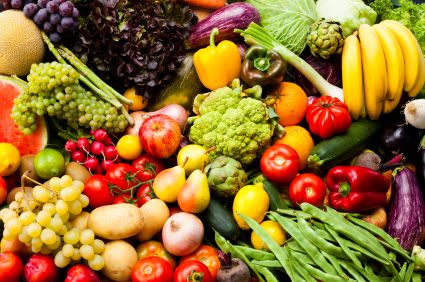Not more healthy, but more expensive. That’s the basic conclusion of a recent Stanford University study on organically grown food. “There isn’t much difference between organic and conventional foods, if you’re an adult and making a decision based solely on your health,” according to Dena Bravata, the study’s senior author.
Not everyone involved in the roughly $13 billion organics foods industry is happy about that because apparently the organic foods debate isn’t about science of health. It’s about messaging.
“The only reason for organics to be about nutrition is marketing,” says Marion Nestle on her Food Politics Blog.
A new article by Missouri famer Blake Hurst says that the Stanford authors are being vilified for committing “food heresy.” But before they’re sentenced to “a Big Mac–filled purgatory,” as he puts it, Hurst reviews the facts in AEI’s The American:
A recent study by a group of scientists at Stanford University found that the nutritional benefits of organic food have, to say the least, been oversold. …
[W]hen a study finds no differences in nutritional value after 70 years of hybrid seeds, 60 years of chemical fertilizers, a half-century of synthetic pesticide application, and almost two decades of genetically modified seed, it’s a real problem for the narrative of the organic industry. …
Despite the growth in organic food sales, they only constitute 4 percent of the dollar value of all foods sold. …The Stanford study found that organic foods were considerably less likely than conventional foods to have pesticide residues, although organic foods were higher in e. coli. …None of the U.S. samples in the Stanford study, whether organic or conventional, contained enough residue to be harmful. …
So the Stanford study found conventionally grown food is not harmful, and organically grown food has no additional nutritional value. But Hurst notes there’s a steep environmental cost of growing organic food:
It takes fewer acres to produce the same quantity of food conventionally than it does organically. Studies show somewhere between a 20 and 50 percent decline in yield per acre from organic methods. … Conventional agriculture has given society both more food and more land. …The U.S. Department of Agriculture estimates that ending conventional production in the United States would require increasing the area tilled by more land than lies within California. If food demand nearly doubles over the next 50 years, as it’s predicted to do, there just isn’t enough arable land available to support a wholesale adoption of organic methods. …
In the end, Hurst says that “we can’t afford the opportunity costs of a return to some romantic version of agriculture. We can, however, afford a food system that provides lots of choices.” Amen. Give people the facts, and allow them to do their own cost/benefit analysis.


